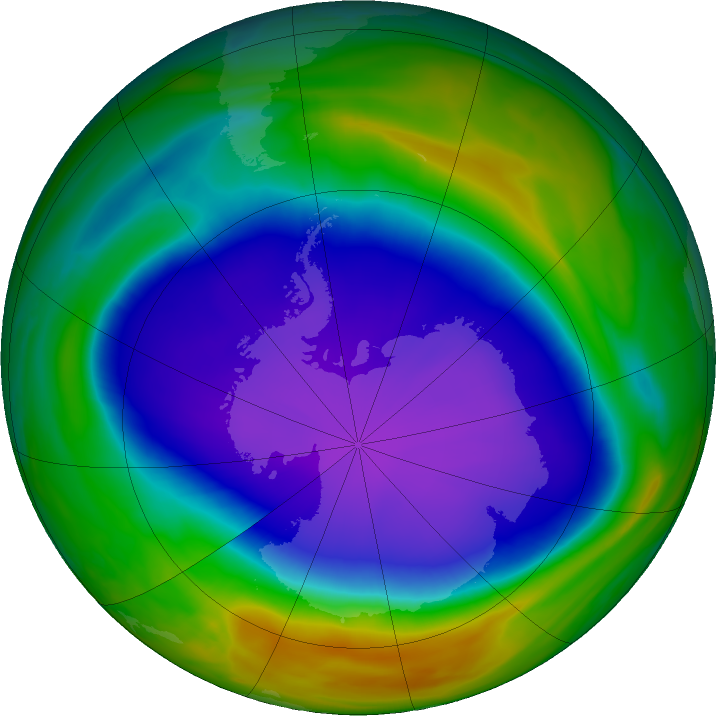NASA's Antarctic Ozone Hole 13th Largest has popped up in early September and was said to persist or show up until this November, says the space agency. Good thing is that it did not spread or widen due to the many efforts and actions that were made by NASA and other agencies that helped in minimizing the effects and repairing the damage.
NASA's Antarctic Ozone Hole 13th-Largest

The so-called "Ozone Hole" in the Antarctic region has popped up last September, but it will persist until November 2021. This particular Antarctic Ozone Hole is the world's 13th largest as of the moment, and NASA's study with the NOAA has seen that it would sustain for a longer period like 2020's phenomenon.
What Is It and What are Its Effects to the Public?
There are no significant effects of this Ozone hole thanks to the efforts of the Montreal Protocol that helped in sealing it up and making it smaller than it was before. If CFCs or chlorofluorocarbons were made to be used until now, it would have damaged more of the hole, making it larger than it is now.
The Ozone Hole is the thinning part of the Ozone Layer as the public knows it, and it is the protective layer that filters out the harmful rays coming from the Sun and other parts of the galaxy that enters the atmosphere. The ozone is still an important element for the Earth, and focusing on its repair would help the future of this world.
Projects like the Montreal Protocol will help in its repair and improvement, focusing on the ozone that needs care and assistance more than ever.
NASA and the Environment
One of NASA's ventures for the environment is in partnership with the United States Geological Services or USGS with the Landsat project that aims to monitor the Earth and all of its changes in the ground. Instead of a satellite looking towards the unending and vast space out there, it focuses on where we are now and looks for any developments that humans cannot see from the ground.
There are many focuses that NASA is looking at with regards to the Earth's environment and it is not stuck on space ventures only. It is still important to care for the ground and where we are now because venturing to the stars would not be possible if the planet is destroyed or is dying.
Nevertheless, the study on Space is also important and it would bring a lot more information on why the planet is this or that way, especially as most things in life are still unanswered by even the best and brightest. The focus of NASA and other concerned agencies on the ozone is a fight that still needs everyone's resources and cooperation for the years to come.
Related Article : New Giant Solar Flare Releases Particles That Could Lead To Wide-Area Radio Blackouts | NASA Captures the Sun Activity
This article is owned by Tech Times
Written by Isaiah Richard
ⓒ 2025 TECHTIMES.com All rights reserved. Do not reproduce without permission.




